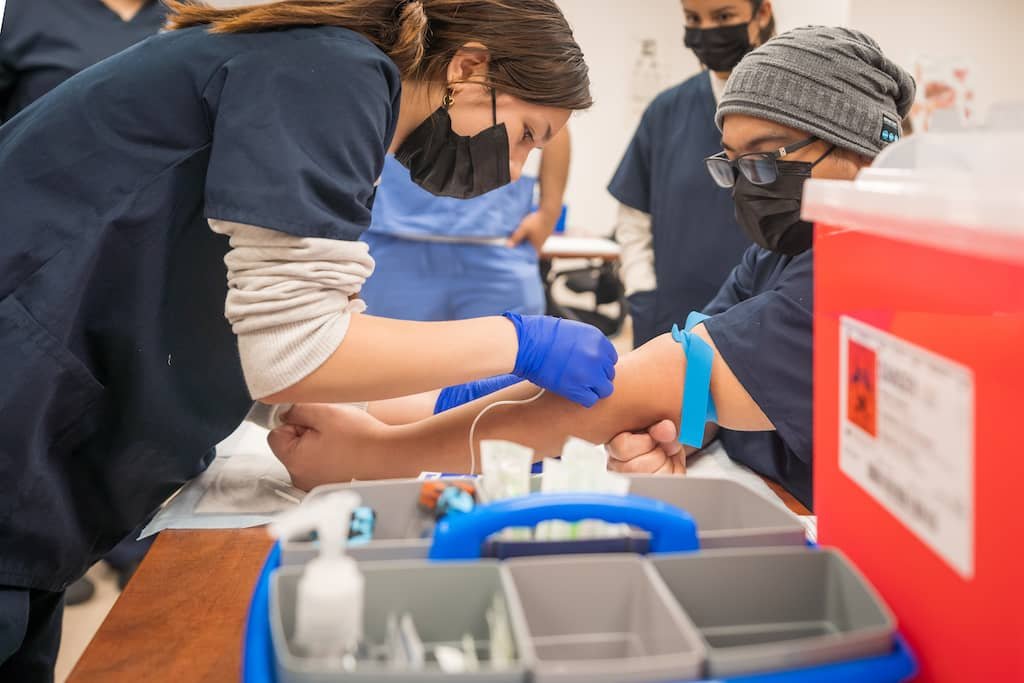The Impact of Natural Disasters on Hospital Supply Chains: Strategies for Disaster Preparedness and Management
Summary
- Natural disasters have significantly impacted the availability and maintenance of medical supplies in hospitals across the United States.
- Hospitals need to implement robust disaster preparedness plans to ensure a steady supply of essential medical equipment during emergencies.
- Collaboration between hospitals, suppliers, and government agencies is crucial to mitigate the effects of natural disasters on medical supply chains.
The Impact of Natural Disasters on Hospital Supply and Equipment Management
Natural disasters such as hurricanes, earthquakes, and wildfires have been occurring with increased frequency and intensity in the United States. These catastrophic events can have a significant impact on the availability and maintenance of medical supplies in hospitals across the country. In this article, we will explore how natural disasters have affected hospital supply and equipment management in the United States and discuss the measures that hospitals can take to mitigate these challenges.
Disruption of Supply Chains
One of the most immediate impacts of natural disasters on hospital supply and equipment management is the disruption of supply chains. Severe weather events can damage infrastructure, including roads, bridges, and ports, making it difficult for suppliers to transport medical supplies to hospitals. This can lead to shortages of essential equipment and medications, putting patients' lives at risk. Moreover, many medical supplies are manufactured in regions that are prone to natural disasters. For example, Puerto Rico is a major hub for pharmaceutical manufacturing, but the island has been hit hard by hurricanes in recent years. When production facilities are damaged or destroyed, it can lead to delays in the delivery of medical supplies to hospitals in the United States.
Increased Demand for Medical Supplies
Natural disasters often result in a surge in demand for medical supplies as hospitals treat a higher number of patients with injuries related to the event. For example, hurricanes can cause flooding and widespread destruction, leading to an influx of patients needing medical care. Hospitals must be prepared to respond to this increased demand by ensuring they have an adequate supply of essential equipment such as IV fluids, wound care supplies, and respiratory support devices. In addition, natural disasters can result in power outages that disrupt the functioning of medical equipment such as ventilators, dialysis machines, and monitoring devices. Hospitals need to have backup power sources and contingency plans in place to ensure that critical care services can continue uninterrupted during emergencies.
Strategies for Mitigating the Impact of Natural Disasters
To mitigate the impact of natural disasters on hospital supply and equipment management, hospitals need to implement robust disaster preparedness plans. These plans should include the following key components:
- Inventory Management: Hospitals should maintain adequate stock levels of essential medical supplies to ensure they can meet increased demand during emergencies. Regular inventory audits and forecasting can help hospitals identify potential shortages and take proactive measures to address them.
- Supplier Relationships: Establishing strong relationships with suppliers is crucial for ensuring a steady supply of medical equipment during disasters. Hospitals should work closely with suppliers to develop contingency plans and alternative delivery routes in case of disruptions to the Supply Chain.
- Collaboration with Government Agencies: Government agencies such as FEMA play a critical role in coordinating disaster response efforts and providing support to hospitals in the aftermath of natural disasters. Hospitals should actively engage with these agencies to access resources and assistance during emergencies.
- Training and Education: Hospital staff should receive training on disaster preparedness protocols and procedures to ensure they can respond effectively during emergencies. Regular drills and simulations can help staff practice their skills and identify areas for improvement in Supply Chain management.
- Investment in Technology: Leveraging technology such as inventory management systems and real-time tracking tools can help hospitals monitor their supply chains more efficiently and respond quickly to disruptions. Investing in infrastructure upgrades and resilient design can also help hospitals withstand the impact of natural disasters.
Conclusion
Natural disasters pose significant challenges to hospital supply and equipment management in the United States. To ensure the availability and maintenance of medical supplies during emergencies, hospitals need to develop comprehensive disaster preparedness plans, strengthen supplier relationships, collaborate with government agencies, and invest in technology and training. By taking proactive measures to mitigate the impact of natural disasters, hospitals can better protect the health and safety of their patients and staff.
Disclaimer: The content provided on this blog is for informational purposes only, reflecting the personal opinions and insights of the author(s) on the topics. The information provided should not be used for diagnosing or treating a health problem or disease, and those seeking personal medical advice should consult with a licensed physician. Always seek the advice of your doctor or other qualified health provider regarding a medical condition. Never disregard professional medical advice or delay in seeking it because of something you have read on this website. If you think you may have a medical emergency, call 911 or go to the nearest emergency room immediately. No physician-patient relationship is created by this web site or its use. No contributors to this web site make any representations, express or implied, with respect to the information provided herein or to its use. While we strive to share accurate and up-to-date information, we cannot guarantee the completeness, reliability, or accuracy of the content. The blog may also include links to external websites and resources for the convenience of our readers. Please note that linking to other sites does not imply endorsement of their content, practices, or services by us. Readers should use their discretion and judgment while exploring any external links and resources mentioned on this blog.

